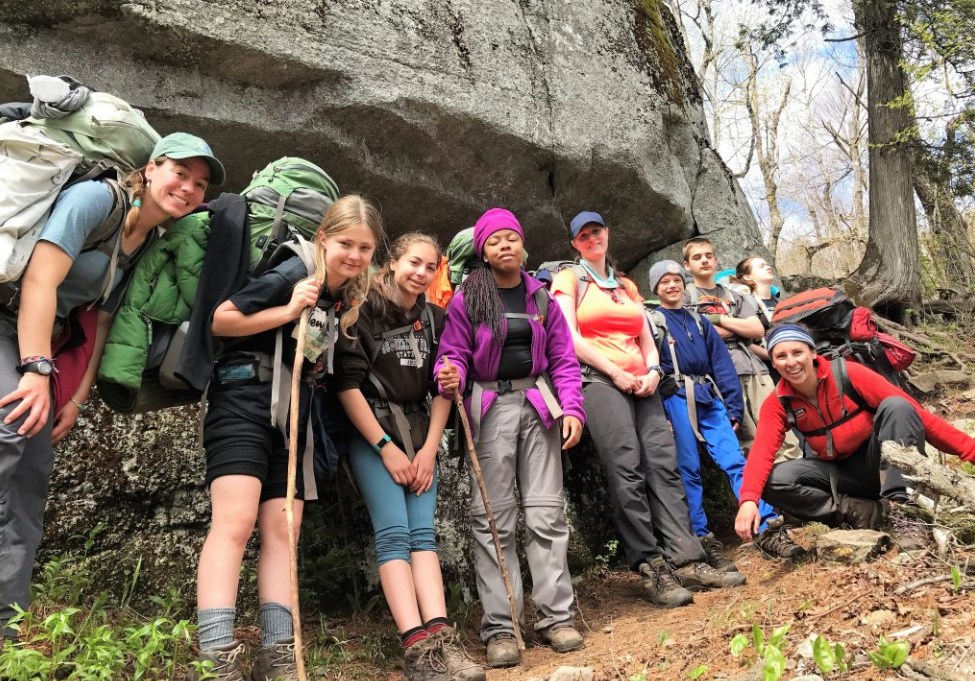Communities traditionally aim for longevity. We celebrate groups that endure decades, build lasting institutions, and maintain continuity across generations. This emphasis on permanence seems intuitive—after all, sustained connection should yield deeper bonds and greater impact.
Yet a fascinating countertrend has emerged. Time-bound communities—groups explicitly designed to exist for limited durations—increasingly demonstrate remarkable effectiveness across various contexts. From intensive learning cohorts to project-based collaborations, these intentionally temporary formations often generate extraordinary commitment, vulnerability, and transformative outcomes.
The power of these communities stems not despite their temporary nature but because of it. The awareness of limited time creates unique social and psychological dynamics that permanent groups rarely achieve. Understanding these mechanisms reveals surprising insights about human connection and collective purpose.
Defining Intentional Impermanence
Time-bound communities differ fundamentally from groups that simply happen to be short-lived. The defining characteristic is intentionality—members enter with shared awareness of the community’s predetermined endpoint. This temporal boundary becomes a central feature of the group’s identity and functioning.
These communities take diverse forms. Residential summer programs bring strangers together for immersive experiences lasting weeks or months. Cohort-based courses gather learners for defined educational journeys with clear beginning and ending dates. Project teams assemble specialists to accomplish specific objectives before disbanding.
What unites these varied expressions is their explicit acknowledgment of finite duration. Members understand their connection exists within a temporal container. This shared understanding radically shapes how participants engage, commit, and create meaning together.
The Psychological Foundations
Time scarcity fundamentally alters how we process experiences. When something feels abundant, we naturally pace ourselves, conserve energy, and postpone full engagement. Perceived limitations trigger contrasting responses—immediacy, intensity, and willingness to invest emotionally despite uncertainty.
At Build Bonding, we’ve observed how time boundaries create psychological safety through built-in exits. Knowing participation has a defined endpoint reduces perceived risk, paradoxically enabling deeper vulnerability than open-ended commitments often generate. This safety encourages authentic expression that might otherwise remain suppressed.
Predetermined endings also mitigate status concerns that commonly undermine community formation. With less time to establish complex hierarchies, participants focus more on contribution than position. This dynamic particularly benefits individuals who typically hesitate to assert themselves in new social contexts.
Accelerated Trust Development
Time-bound communities frequently generate trust at speeds that defy conventional relationship development models. Relationships that might take years to form in everyday contexts often develop within weeks or even days within these temporary structures.
This acceleration stems from several mechanisms working in concert. Shared purpose provides immediate common ground that bypasses typical getting-acquainted phases. Intensive interaction compressed into short timeframes creates relationship momentum that casual contact rarely achieves.
The known endpoint also encourages emotional efficiency—members recognize limited opportunity to connect meaningfully and instinctively prioritize substantive exchanges over superficial interaction. This natural filtering process often leads directly to conversations that would emerge only after extensive history in traditional communities.
The Intensity Advantage
Permanent communities typically maintain sustainable engagement levels—intensity that members can sustain indefinitely without burnout. Time-bound formations operate differently, often functioning at energy levels that would prove unsustainable long-term but create transformative experiences within limited durations.
This intensity manifests through extended contact hours, emotional depth, and accelerated development cycles. Residential programs might involve participants living together for weeks, sharing meals, activities, and challenges around the clock. Learning cohorts compress months of traditional education into intensive weeks of total immersion.
While such intensity would eventually exhaust participants in permanent structures, temporary communities harness it productively. Members willingly tolerate—even embrace—discomfort, knowing it serves temporary purposes rather than establishing unsustainable permanent expectations.
Learning and Development Applications
Educational institutions increasingly leverage time-bound communities to accelerate learning and development. Intensive bootcamp programs compress technical skill development that traditionally required years into months through immersive, cohort-based experiences.
Leadership development programs utilize bounded communities to create practice environments where participants experiment with new behaviors without risking established workplace identities. The temporary context provides psychological safety for attempting unfamiliar approaches and receiving direct feedback.
Professional transitions particularly benefit from time-bound structures. Career changers often join temporary communities that bridge previous identities with emerging ones. These transitional spaces provide both practical skill development and crucial identity reinforcement during vulnerable periods of professional reinvention.
Organizational Implementation
Forward-thinking organizations deliberately design time-bound communities for specific strategic purposes. Innovation labs assemble cross-functional teams for defined sprints focused on particular challenges, then dissolve upon project completion. This approach prevents the stagnation that often develops in permanent innovation structures.
Onboarding experiences increasingly utilize cohort-based, time-limited community structures rather than individual integration processes. New employees journey together through defined learning periods, developing peer relationships that subsequently support their assimilation into broader organizational culture.
Change initiatives particularly benefit from temporary community approaches. Rather than attempting organization-wide transformation simultaneously, creating time-bound “pioneer communities” that model new behaviors generates proof points and advocates for broader adoption.
Digital Manifestations
While many powerful time-bound communities involve physical co-presence, digital versions increasingly demonstrate similar effects. Online cohort-based courses create surprisingly strong temporary communities through synchronous learning experiences, shared challenges, and bounded timeframes.
Social platforms dedicated to temporary communities have emerged to support these digital expressions. Rather than emphasizing persistent profiles and endless feeds, these platforms design for episodic, intense engagement organized around specific purposes and timeframes.
The COVID-19 pandemic accelerated development of sophisticated virtual formats for time-bound communities. Organizations discovered that carefully designed digital experiences could generate many of the same psychological and social benefits previously associated primarily with physical gatherings.
The Post-Community Journey
Effective time-bound communities deliberately address their own endings. Rather than simply dissolving, they incorporate rituals and practices that acknowledge completion, celebrate achievements, and prepare members for post-community integration of their experiences.
Many temporary communities create artifacts that outlast the group itself—documentation, creative works, or shared resources that memorialize the experience. These tangible outcomes provide both practical value and emotional touchpoints that extend community impact beyond its active duration.
Alumni networks often emerge organically from powerful temporary communities. While the original intensive formation concludes, lightweight ongoing connections maintain access to the social capital and shared understanding generated during the bounded experience. These enduring bonds represent valuable secondary benefits beyond the community’s primary purpose.
Implementation Principles
Creating effective time-bound communities requires deliberate design choices that leverage their unique characteristics. Clarity around purpose and timeframe establishes foundational shared understanding. Explicit articulation of why the community exists and when it will conclude provides essential orientation for members.
Compressed relationship development benefits from intentional structure. Connection activities that might seem artificial in permanent communities often prove remarkably effective in temporary contexts. Members appreciate guidance that accelerates authentic relationship formation within limited timeframes.
Rhythm and pacing deserve particular attention. Effective time-bound communities typically alternate between high-intensity interaction and integration periods that allow processing and reflection. This cadence prevents overwhelm while maintaining momentum throughout the community’s duration.
Looking Forward
As organizational structures continue evolving toward greater fluidity, time-bound communities will likely play increasingly important roles in how we learn, innovate, and connect. Their unique capacity to generate intense, purposeful engagement addresses growing needs for adaptability without sacrificing human connection.
The skills required to design and facilitate these temporary formations differ substantially from those traditionally associated with community building. New professional specializations emerge around creating bounded experiences that deliver transformative impact within compressed timeframes.
Perhaps most significantly, time-bound communities offer an alternative to the false dichotomy between institutional permanence and isolated individualism. They demonstrate that meaningful connection need not require indefinite commitment—that purpose-driven temporary formations can create both immediate impact and enduring value.
By embracing the counterintuitive power of impermanence, these communities unlock unique capacities for transformation, connection, and collective achievement. They remind us that sometimes, the most meaningful communities are those designed to end.





